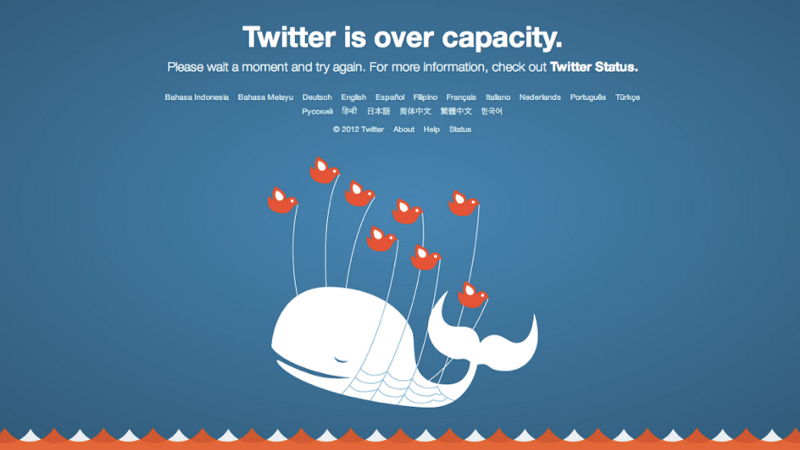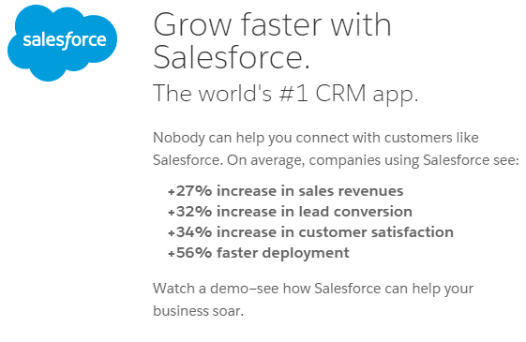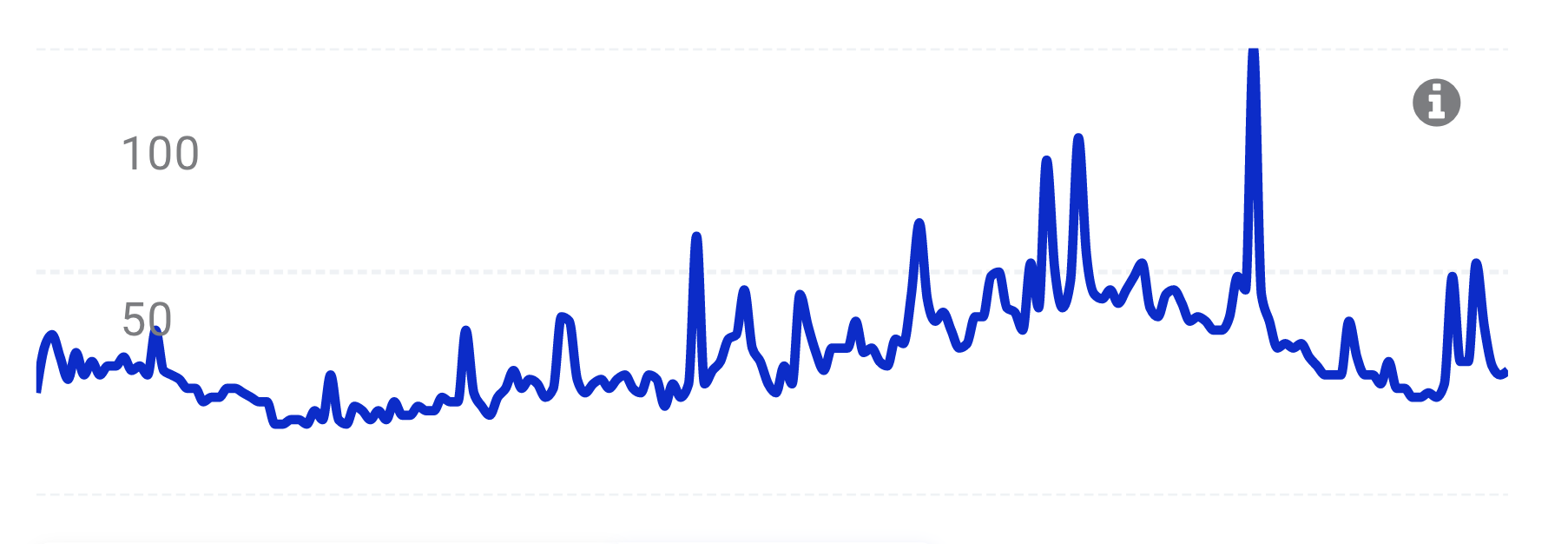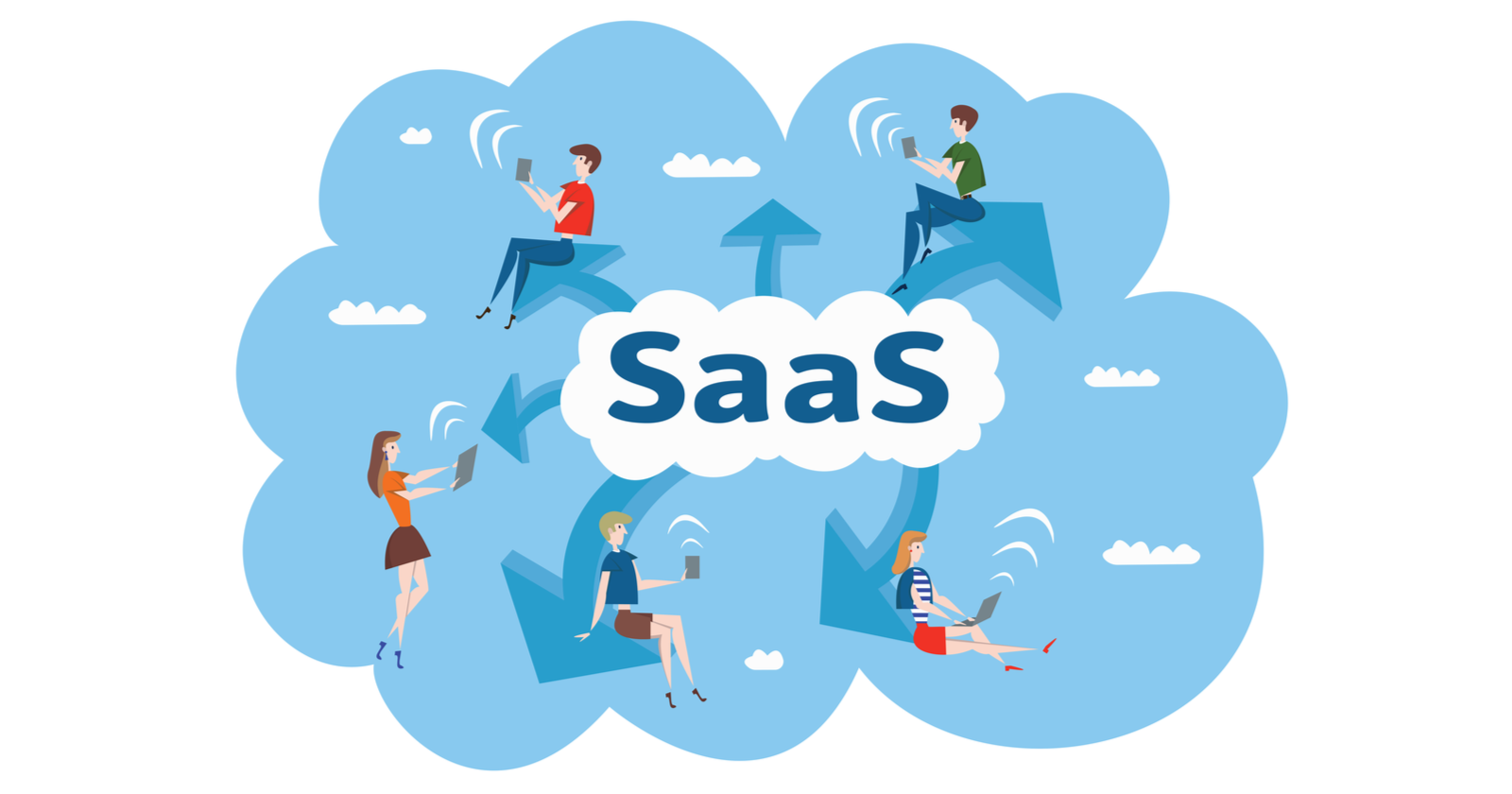As technologies and consumer needs advance and new players constantly enter the game, SaaS companies providing FaaS or cloud functions supporting business infrastructures are facing a more competitive market.
SEO is among the plenty of important marketing channels for modern-day businesses. It is essential in helping users discover new solutions to their existing problems.
This is done by understanding the various stages of the user “funnel”, and how you can engage with them at the various stages and introduce them to your solution.
Generating Brand Awareness & Leads
For a lot of SaaS and FaaS websites, the audience can vary greatly.
At one end of the spectrum, you will highly technical users who could be looking to decompose their monolithic structure and make use of microservices, or users who have a specific problem such as service uptime, and need a solution to remain stable.
 Twitter stepped toward a microservices-based architecture to improve service stability.
Twitter stepped toward a microservices-based architecture to improve service stability.Both of these user groups are potential customers, so it’s highly important that through your content and marketing efforts neither user group is left feeling alienated or not catered for.
This can be done through different content types, targeting different search phrases at different stages of their journey in the “funnel”.
Showing You’re Problem Aware
At this stage, the user is aware that they have a problem or the need to make processes more efficient (or cost-effective). This is also the opportunity to introduce your brand to users.
The user may start with initial interrogative questions describing their problem. The user at this stage may not even be aware that microservices exist as a potential solution.
Your goal is to make the user aware that solutions such as yours exist.
At this point, it’s important to use similar terminology and language to the user.
Using the microservices example from above, it can be assumed that a user searching for “how do microservices work” might be looking for a less technical answer than a user search “how do microservices handle authentication”.
So how do you perform keyword research around emerging products and fields? You look at your user problems and go to where they go to find solutions.
This can be forums, such as Stack Overflow or niche forums such as the Tizen developers forum.
Making the User Aware of Your Solution
The second phase of the funnel for users is that they understand solutions to their problem exist, and they’re now in the process of establishing which may be the best route to go down.
This is where content such as case studies, integrations, and how solutions can be applied to certain verticals can make a difference.
A big mistake that a lot of companies make here is trying to control the customer journey by offering the discovery of how SaaS/FaaS solutions work by engaging them in a traditional sales funnel.
This isn’t for everyone and the last they want is to try and find a good time for a chat next week.
Through your content, you can further engage the user with your brand as well as start to introduce your solutions to them.
Raising Product Awareness
At this stage, a user is aware of how the solution can solve their problem and is now determining whether or not your solution (or competitor solutions) are the best fit for them.
Case studies again help at this stage, as well as docs, integration guides, and “how-to” content relating to specific setups.
The sales angle during this stage is that you need to explain your solution to the point the user feels satisfied to make contact, and directly ask situation-specific questions.
This is also the opportunity to build trust within your solutions further, and given that the majority of SaaS companies less than a decade old there is isn’t the same gravitas and aged brand that a lot of offline companies have.
Salesforce reinforces their solution by showing previous results and percentages on their landing pages:

Keyword Research for New Concepts
Having worked with a number of SaaS companies, every now and again a new FaaS or cloud product entered the pipeline targeting an emerging field, such as serverless.
 Google Trends data for Serverless, pooled by Mangools
Google Trends data for Serverless, pooled by MangoolsSearch interest began to increase rapidly throughout 2017 and has seen a constant rise since.
However, back in 2016 serverless only had a small search interest. At the time, the “traditional” methods of keyword research using third-party tools and Google Keyword Planner didn’t yield many results or variations – simply because the products were still emerging and the field still being defined.
Likewise, real-world events can impact search interest and even in extreme cases force Google to change its interpretation of dominant search intents.
A strong example of this in the SaaS sector came toward the end of 2016 when Dyn suffered a major DDoS attack.
 The abnormal spike in October 2016 for users searching for “ddos”
The abnormal spike in October 2016 for users searching for “ddos”During the Dyn DDoS attack, global websites and services went down, including Amazon, the BBC, and Github. It affected daily internet life that much the White House even released a statement on the issue.
At this point, the traditional user searching for DDoS changed from technical users to, everybody.
Google quickly had to change what was ranking on Page 1 from DDoS products and technical information to blog posts and non-technical explainers. Three years later, the SERPs have still not wholly reverted back to its previous state.
Other real-world events such as the 2017 WannaCry attack forced a lot of topics and issues into the public realm in a more prominent way, as people actually were feeling the effects in real life.
This is why you need to build an information architecture and content strategy that provides value on the topic as a whole, not just targeting the commercial phrases.
Creating Differentiation
The SaaS model is hugely scalable and has relatively low barriers to entry.
While products will differ in terms of quality, most users may not be able to tell the differences between CDNs, WAFs, or other mass products without in-depth research.
Because of this, there is a lot of noise and you need to find a way to stand out and find a differentiating factor.
For the most part, creating a differentiating factor might not yield a direct ROI as the purpose isn’t to necessarily drive converting traffic.
A good example of this is Netscout Arbor’s Digital Attack Map. The content itself doesn’t sell anything, but by using data they have access to through their network they’ve created an engaging piece of content.
And, since the domain went live toward the end of 2013, it has earned more than 3,700 backlinks (which averaged out over the past 5 years is little over 10 backlinks a week – which is good ROI for an offsite campaign).
More Resources:
- How 10 Types of Functional Content Fit into a SaaS Lead Funnel
- A 7-Step Process to Realize the Promise of SEO
- A Complete Guide to SEO: What You Need to Know
Image credits
In-Post Image: Matthew Oliphant/Flickr
All screenshots taken by author, June 2019




